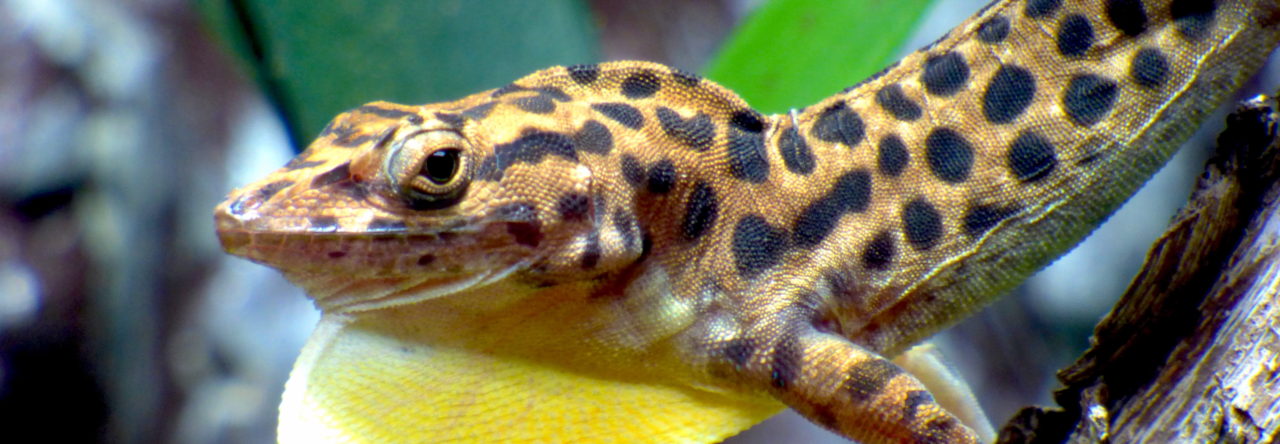
Fig. 1 from Harrison and Poe illustrating dewlap differences between males (top) and females (bottom).
The function and evolution of anole dewlaps have been the focus of studies for decades. As flashy, showy displays of color, it’s no wonder that dewlaps even captured the attention of Darwin. However, most studies to date have focused solely on male dewlaps leaving female dewlaps much neglected (but see Johnson & Wade, 2010 and Vanhooydonck et al., 2009). While the possession of dewlaps is less common in females than males, and female dewlaps are often rather diminutive compared to the male’s, the mere presence of female dewlaps in a good number of species, combined with striking variation in color, pattern and size across the genus, begs the question of what is driving the evolution and maintenance of such female ornamentation?
In a new paper, Harrison and Poe (2012) tackle this largely neglected topic. Focusing on dewlap size variation in females, they use a comparative analysis on 228 anole species to test four hypotheses:
- Female dewlaps have evolved merely as a genetically correlated by-product of selection on male dewlaps. If this is true, Harrison and Poe predict that female and male dewlap size should be positively correlated.
Alternatively, the size of female dewlaps may be the result of selection acting directly and independently on females through:
- Social selection (male mate choice or female-female territorial defence). Using sexual size dimorphism for a proxy for male-male competition, the authors predict that female dewlap size should be negatively correlated with sexual size dimorphism.
- Selection for species recognition. As such, dewlap size should be reduced in single-species communities.
- Sensory drive, whereby selection favors those signals that are effectively transmitted through the local habitat. As a result, there should be a correlation between dewlap size and microhabitat use.
Harrison and Poe find support for two of their hypotheses. First, their results find support for the social selection hypothesis: in species with little sexual size dimorphism, females have large dewlaps, while in species where dewlaps are absent or small, there is a wide range of sexual size dimorphism.
Secondly, their results from a subset of their dataset, comprising only Greater Antillean anoles, support the sensory drive hypotheses. Female dewlap size differed significantly among habitat specialists, with crown-giant and twig anoles having larger dewlaps than the other ecomorphs. The authors suggest that perhaps these ecomorphs evolved larger dewlaps for their signal to stand out against the dense habitat of their respective microhabitats or, as crown-giant and twig anoles commonly occur in low densities, large dewlaps would be effective signals for longer range communication.
This paper is a valuable addition to what little is known about the evolution of the female dewlap, and provides a good launching pad to hopefully much more research to come. Another exciting avenue of research regarding female dewlaps has already come up on AA: the curious sexual dimorphism in dewlap color and pattern in some species is particularly intriguing. Who’s game?
- Signals and Speciation: Do Dewlap Color Differences Predict Genetic Differences? - August 12, 2017
- The Genetic Consequences of Adaptive Dewlap Divergence - October 26, 2016
- Divergence and Speciation in the Lesser Antilles - May 14, 2013


Marcos Rodriguez
It looks like both A. chlorocyanus in the picture are males. Anyone noticed?
Rich Glor
Some A. chlorocyanus females have rather impressive dewlaps. This was one of the first things I learned about Dominican anoles; back when I was an undergraduate I identified a specimen as a male because it had a dewlap, but later found an egg in the specimen bag.
Peter Mudde
For years I have had a A.lineatus female, which had a good dewlap ( no match for the males though). I am quite sure it was ment for territorial defence, as she manenged to kill all males I tried to add in the same viv.. Kill as in bite until death.. She produced a few youngsters as well though so she probable mated with those intruders first (I haven’t seen the matings, but well.. that must have been some kind of female rape..)
Veronika Holanova
Very interesting is dewlap difference in Chamaeleolis barbatus- females have dewlaps well spotted while males lack spots almost at all.
Julienne Ng
Very cool! Looks like the female has different body patterning too. Thanks for sharing!
Veronika Holanova
Body pattern is same in both sex. They can change coloration a little- different shades of grey, brown and white- lighter or darker.
Laura
Can you tell me if this brown anole is infact a female? As we are havin trouble determining it, it displays the dewlap. Thanks
Jonathan Losos
Why do you think it’s a female? How big is the dewlap?
Laura
The place we brought a recent male from said this one was a female, but we are unsure due to the dewlap,
Laura
Won’t let me upload another pic
Jonathan Losos
That lizard is definitely a male. Females have dewlaps, but tiny ones.